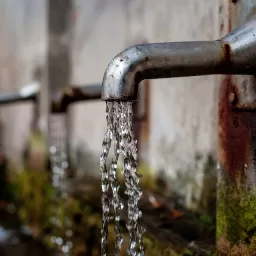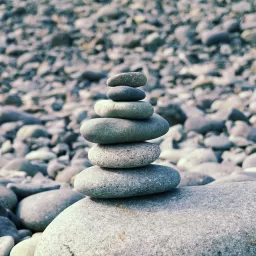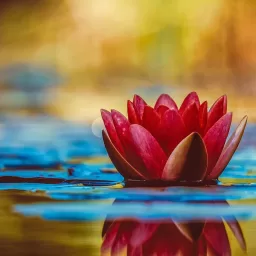How to Safely Water Orchids
Are you looking for the most common factors that cause orchid buyers to kill their first orchid purchase? The answer is water. For most plant owners, the first thought, when it comes to water is not enough. But that is not the case with orchids. With orchids, too much water kills them more often than too little.
To water orchids correctly and avoid problems, consider the following…
Get started on the right foot by understanding the watering needs of the specific type of orchid you purchased. Second you must adapt the watering needs of your particular orchid with the climate conditions where you live. Keep these factors in mind.
• Air flow. Good air circulation is good for the orchid’s roots and leaves. But keep in mind that increasing the air circulation dries the orchid sooner which may result in more water.
• Humidity. A higher level of humidity typically suggests less need for water but the potting media affects humidity as well. Home orchid growers often put their orchid pots in a saucer of small rocks filled with water to increase the nearby humidity for the orchid.
• Potting media. Be aware that different potting media retain different amounts of water.
• Temperature. As the heat increases, the need for water increases in most cases;
These are the core tips to success growing orchids. Here are some additional tips to consider:
• Water in the morning to allow for evaporation and drying during the day;
• Water about once every 7 days if you have a 6 inch pot and perhaps a day or so sooner if you use a pot that is 4 inches.
• Potting bark as a medium for your orchid may require watering more frequently than if you use sphagnum moss. To test, stick a thin pencil or your finger about an inch into the pot. If you feel moisture or the pencil is moist, don’t water. Orchids don’t grow well in soggy conditions or when it is bone dry. Avoid the extremes.
• Be careful if your tap water is chlorinated. Pure, non chlorinated water is best.
• Water your orchid with room temperature water. Damage from shock might occur with water that is too cold.
• Orchid roots are covered by a thin membrane referred to as velamen. This membrane serves the orchid by soaking up water quickly, attaching to a variety of surfaces and facilitates the exchange of salts and other minerals. When the velamen is too dry, its color is silvery or white while a watered velamen will appear green or slightly mottled. This various a bit with different species. Accurately reading the roots of your orchid is beginning of good watering habits.
• Error on the side of too little water than too much. An orchid can recover with more water but too much water can cause damage that is difficult to repair. Never allow your orchid to sit in standing water.
• When you water, do it completely. This may mean watering for a few continuous minutes of time or actually dunking your plant, pot and all, into a sink of water. The orchid’s veleman needs to be completely saturated.
• Watch for calcium or salt deposits on your plant. Local water may cause this to happen. If this occurs, find a new water source.
• In most situations, if you aren’t confident that your orchids need water, wait. But there are exceptions. For example paphiopedilum and phragmipedium are orchid species that typically need water before they appear to actually need it.
water plant
#Safely #Water #Orchids
Will be pleased to have you visit my pages on social networking .
Facebook page here.
Twitter account is here.
Linkedin account here
Post byBedewy for info askme VISIT GAHZLY





